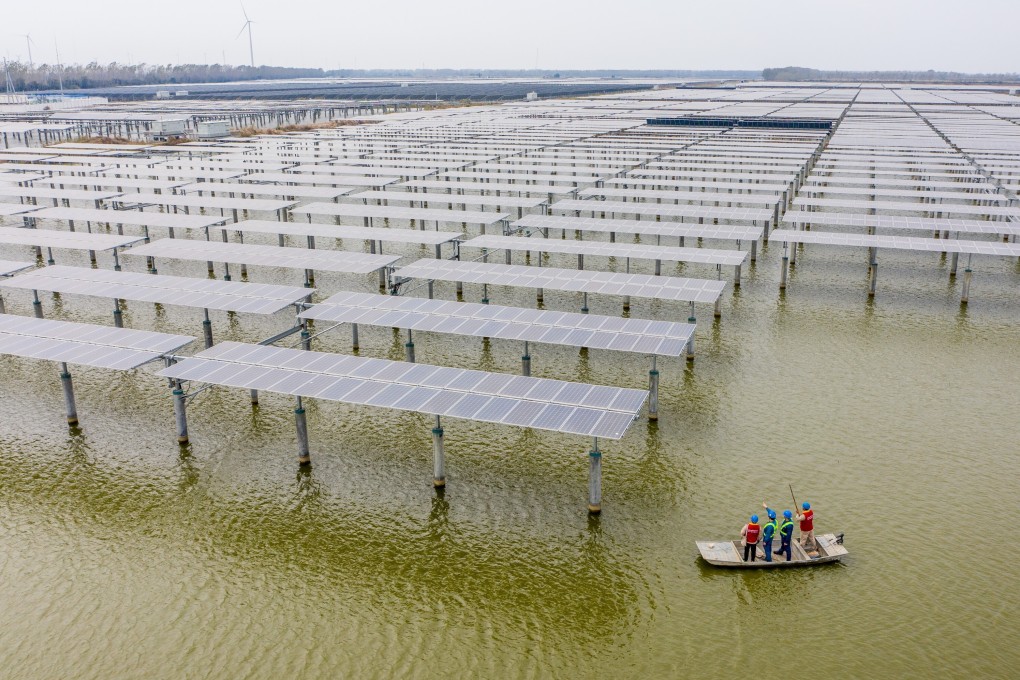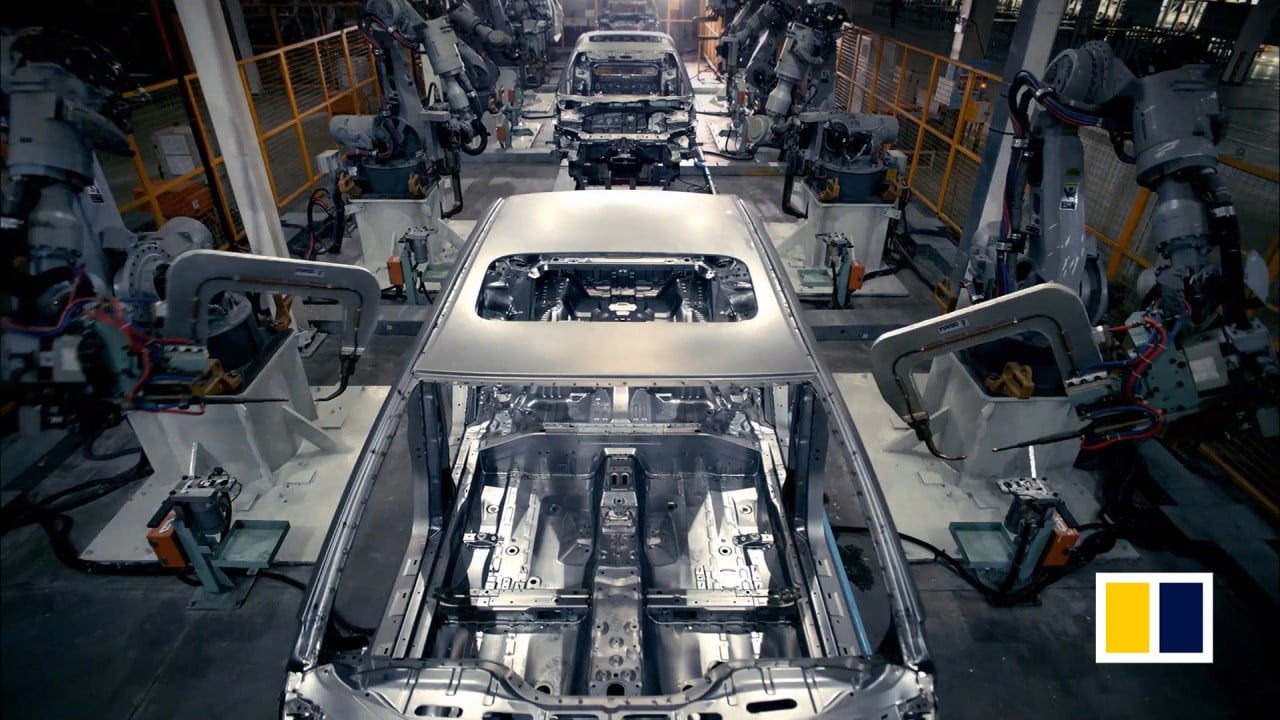Letters | Why global rush to create green infrastructure may backfire
- The rapid transition to green transport and infrastructure could end up generating additional greenhouse gas emissions if governments do not conduct life cycle assessments

However, a worldwide focus on energy and transport transition without calculating the additional greenhouse gas emissions and environmental cost of producing green infrastructure could lead to rising greenhouse gas concentration and ecological hazards.
The global rush to adopt electric transport, such as Biden’s plan to replace the government’s fleet with electric vehicles and Britain’s plan to ban the sale of petrol and diesel cars, without addressing the power sector at the same speed, could simply shift greenhouse gas emissions from the transport to the power sectors.
The sudden demand for green equipment and infrastructure will also rapidly increase emissions and pollution from the mostly fuel-based manufacturing and transport sectors.

01:47
Behind the scenes at BYD Auto: China’s biggest electric vehicle factory
Therefore, the global energy transition should not only stress operational climate emissions. Instead, governments should conduct comprehensive environmental impact assessments, by evaluating both the climate and environmental impacts of green infrastructure, or policies from resource extraction to manufacturing and operations to obsolescence, instead of rushing to build green infrastructure based on its operational performance.